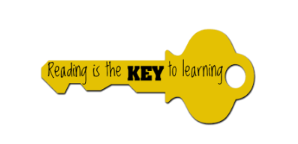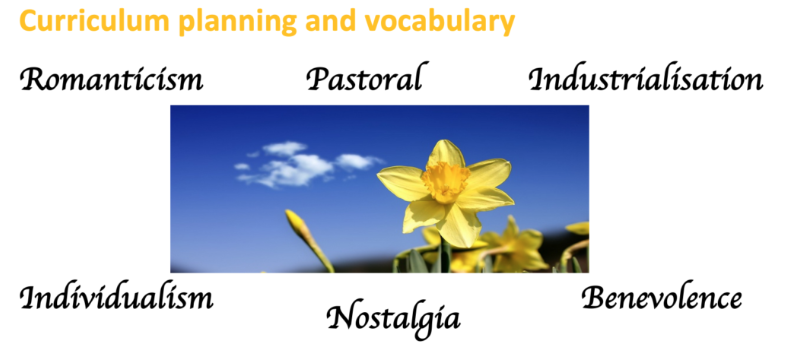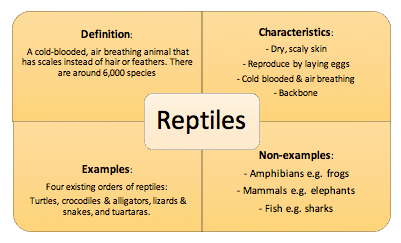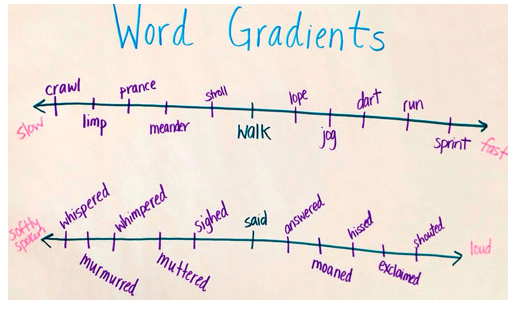Closing the vocabulary gap
“Education is the process of preparing us for the big world and the big world has big words. The more big words I know, the better I will survive in it. Because there are hundreds of thousands of big words in English, I cannot learn them all. But this doesn’t mean that I shouldn’t try to learn some.”
(David Crystal)
Choosing what words we select to teach and those we choose to neglect is important for both our curriculum design and lesson planning.
According to Alex Quigley and a plethora of other authors and evidence-based research, being in a word-poor context at a young age can have far-reaching negative consequences for our children.
A restrictive vocabulary as a young child goes on to correlate with factors in later life such as employment, pay and even health and wellbeing as an adult.
Some children are left behind and are “unable to describe their world”.
Cultural capital takes one tangible form: a pupil’s vocabulary. The size of a pupil’s vocabulary in their early years of schooling is a significant predictor of academic attainment in later schooling and of success in life.
Department for Education research suggests that, by the age of seven, the gap in the vocabulary known by children in the top and bottom quartiles is around 4,000 words (children in the top quartile know around 7,000 words).
At Woodlands, we are committed to ensuring that ALL of our children develop the ability to read fluently, comprehend and enjoy language so that we can diminish the difference, close the word gap and ensure all children are able to access and flourish across the curriculum and thus have an equal chance of success.
“Vocabulary size is a convenient proxy for a whole range of educational attainments and abilities- not just skill in reading, writing, listening , and speaking, but also general knowledge of science, history and the arts.”
(E.D. Hirsch Jnr)
We are passionate about closing vocabulary gaps, which should also impact positively on reading success, especially strengthening comprehension skills. Reading with understanding is vital to our children’s progress and levels of achievement across the whole curriculum.

The Three Pillars of Vocabulary Teaching
- Explicit Vocabulary Instruction
- Incidental Vocabulary Learning
- Cultivating “Word Consciousness”
An important element is to choose which words to teach explicitly and why, and to prioritise our pupils’ academic language because it is typically characterised by complex and often abstract words that are dense with information.
We strive to habitually model the shift from more restricted everyday talk to more sophisticated academic talk because we need to ensure that our children understand these “codes” and equip them with the tools to crack them down and open up understanding.
We use the three “Tier” model (Isabel Beck et al) to guide us, especially focussing on the Tier 2 words- valuable high-utility academic vocabulary that appear across the school curriculum– e.g. predict, estimate, clarify, summarise, compare, contrast, similar, source, define, evaluate, assess. Tier 3 words are subject-specific vocabulary e.g. metaphor, antonym, numerator, decimal, gravity, thermal insulator.
We are also influenced by Alex Quigley’s “disciplinary literacy” concept and we identify key vocabulary that will dominate our curriculum topics- “keystone vocabulary”- and pre-teach and re-visit as necessary according to subject disciplines.

(The above is a Y7 example from Alex Quigley on helping his pupils to engage with William Wordsworth’s daffodils poem.)
We appreciate that our EAL children and our weakest reading comprehenders are likely to find figurative language such as metaphors (“He was green with envy”) and idioms (” It will kill two birds with one stone”) very challenging, so we pay particularly close attention to these words and phrases because they tend to have difficulty in fully appreciating layers of meaning e.g. in jokes and wordplay.
We strive to enable our pupils to make connections between words and we strive to use active approaches such as the Frayer model, word ladders, word maps and word gradients:


The “SEEC” model: Select; Explain; Explore: Consolidate is our go-to method for explicitly teaching specific words because we know that children need lots of repeated exposures to new words to make meaningful understanding.
“Putting lots of reading miles on the clock” is one of the main incidental means of exploring vocabulary. Simply put, the more words we read, the more words we learn. Teachers sharing stories about words e.g. talking about their history also help to uncover meaning.
“Word consciousness” is an awareness and interest in words and their meanings- a love of language- and continual curiosity about what words mean, where they are from, and their legion of connections.
The teaching of word parts (morphology) and word histories (etymology) are some of the most well-evidenced methods of explicit vocabulary teaching which we invest in heavily.
“To really understand and remember a word, we need to spend some quality time with it, get to know its history and family (etymology), subtleties, synonyms, near-synonyms, antonyms, near-antonyms, spelling and morphological forms (word parts).”
(Amy Benjamin)
Done well, we hand over the baton to our pupils and they become “word conscious”, spying word parts and word families each time they read, talk and write.
“Words are born, they are used, they travel, change and they die.”

